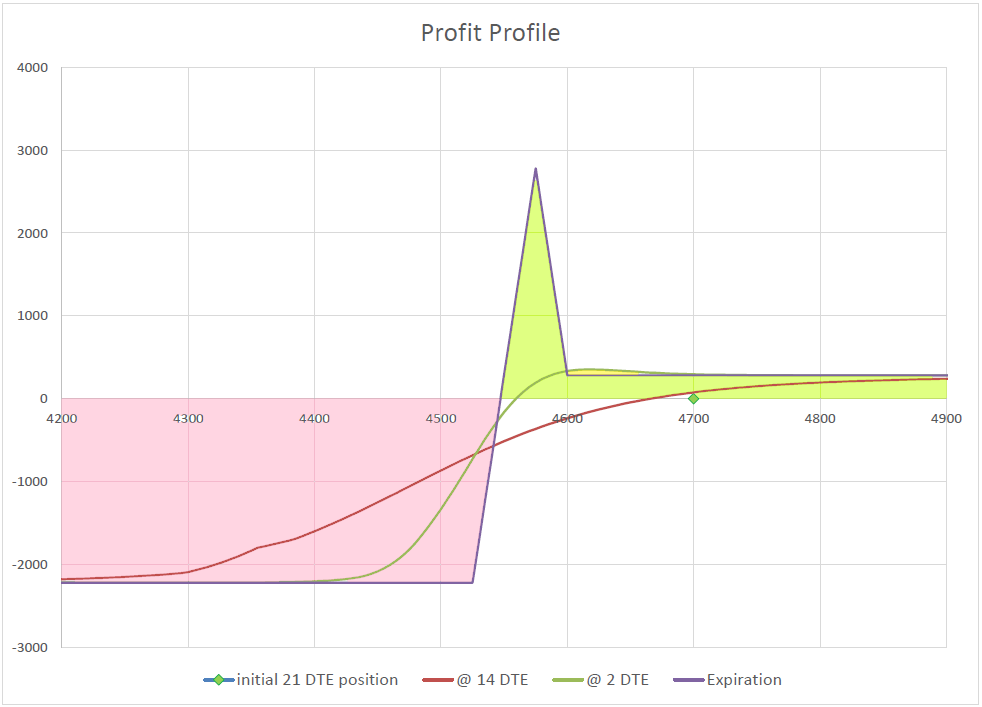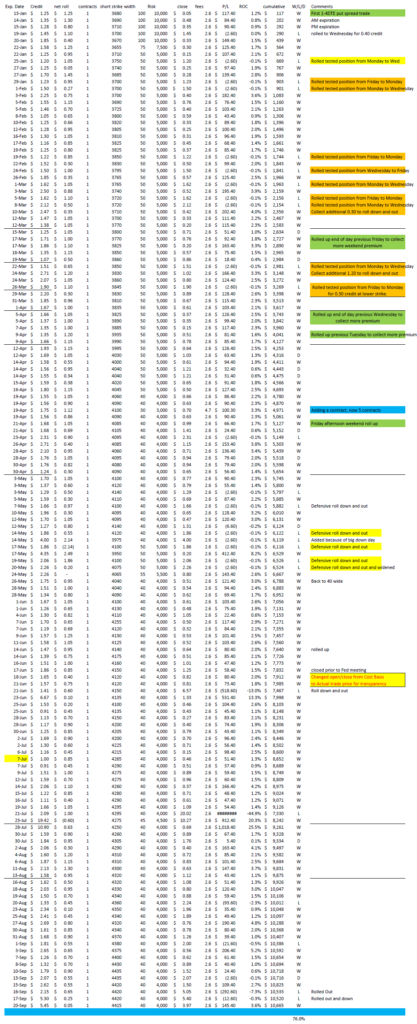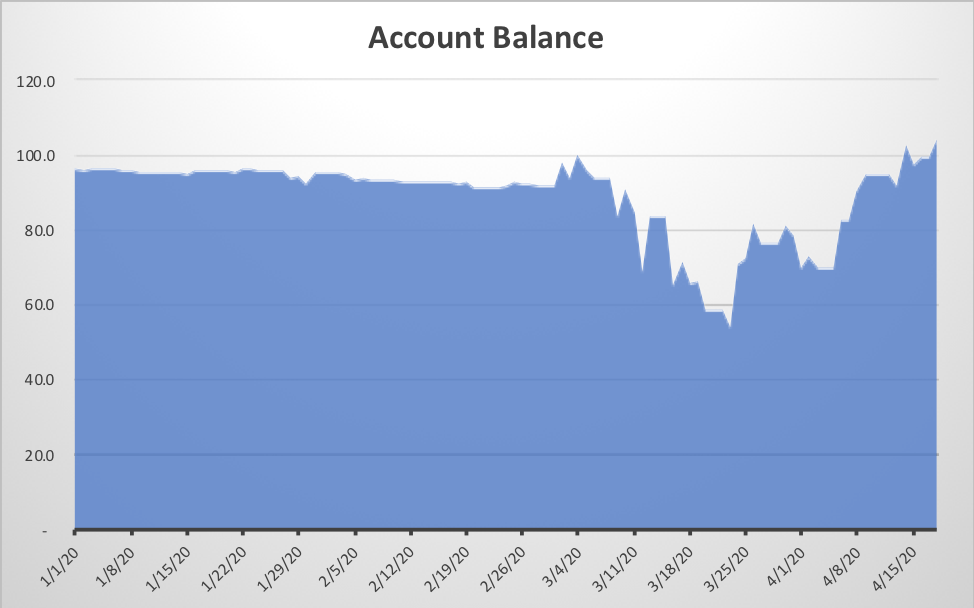Let’s face it. Trading options can be a lonely task. It’s just a trader and the computer screen. Whom can a trader turn to with questions, for encouragement, or to share success and failure? Virtually every person who I dare to tell that I trade options as a primary activity either have no idea what I’m talking about, think I’m crazy, or both. Most people who do a lot of their own investing don’t even know what a put or call is. Traders need a community of other traders to keep their sanity and keep moving forward.
When I stop and think about it, I personally know seven option traders that I have met in person. Only seven. Four of them I met through one of the others. And only a few of them regularly do the same kinds of trades as me. And I feel lucky to know that many. So, personal connections can only help so much.
There are lots of online services that traders can pay a small fortune to join to help learn to trade options. Some are follow the leader- buy or sell what the guru says and exit when the guru says. I tried a few of those and found it hard to time it right and even then I didn’t get the results that were promised. So, I’m not a big fan of spending a lot to watch others trade.
If you do a Google search about any topic concerning options, you’ll be bombarded with ads for paid services, but then below them will be lots of YouTube.com videos, and other sites, maybe even this one. There are lots of quality YouTube videos on options, but many that are dubious at best. I first discovered TastyTrade.com through watching some of their YouTube videos. Tastytrade has their own channel on YouTube, and I’d encourage subscribing. One TastyTrader that I enjoy watching is “Sweet Bobby” Gaines. He has a “Sweet Bobby” channel on YouTube. Look around and search YouTube for option trading, and find your own favorites to follow.
But even watching others still doesn’t give you community. There’s nothing like interacting with others. This is where social media actually can be a help. A feature on Facebook.com that you may not be aware of is “Groups.” Just click on the Groups icon and either use the “Discover” icon or the search magnifying glass to look for groups that specialize in option trading. Some are more active than others. Most are private and require you to apply for membership- this is generally to keep out spammers and robots who will ruin the experience. I’ve joined a number of groups- some I’m active in and others not so much. For groups that don’t have members doing strategies I have in interest in, I simply drop my membership. I now have a number of virtual friends from these groups. Some of them message with me on an almost daily basis. I’ve discovered numerous trading strategies to try from posts in these groups, and the banter from members gives the members a wide variety of opinions about different trading scenarios, positive, negative, pointing out risk, ways to manage, and success stories.
Another social site that gained a lot of traction in early 2021 was Reddit.com. Reddit became an overnight sensation for traders when a little-known group on the site called “Wall Street Bets” essentially cornered the market on the stock of GameStop, an almost bankrupt video game store chain. By realizing that there was a huge amount of short interest in the stock and a small float of tradable shares, the group started buying up cheap shares of stock, and bigger buyers followed, driving up the price. Many short sellers, including some large hedge funds were caught flat-footed and had to buy back their short positions at huge losses, further driving up stock prices, a classic short squeeze. Call option buyers joined in as well and market makers hedged by buying increasing numbers of shares also driving up prices. By the time the craziness ended the stock was up over 100 times the price when the buying started. This crazy action drew attention to Reddit and the “Wall Street Bets” group. Like many, I joined both for the first time to see what the fuss was all about. The group membership ballooned to an enormous number and the content turned to mush- just a lot of nonsense posts slamming each other and promoting hundreds of other crazy schemes. I dropped my Wall Street Bets membership after less than a week.
However, Reddit has a feature that suggests posts from other groups that it thinks a reader might like. I found some other groups that I started commenting on that were more serious and in line with my view of trading. Again, I met a number of new virtual friends and engaged in both public and private dialogs about trading strategies. Groups on Reddit are public to read and join, so there can be a lot of spamming behavior and many users delight in being very foul-mouthed in their responses. Rudeness is tolerated a bit much, in my opinion. However, I’ve found that if I stay on the high road in my posts and stay factual and data focused, people generally engage back with me in a respectful way. It’s kind of a what goes around, comes around. In fact, the site has a measure called karma that is based on how well your posts are received by others. People who are mean and overly negative end up with negative karma and many of their comments get deleted by moderators.
Another social site that I’ve found helpful is Discord.com. Discord was started as a way for gamers to chat with each other in private rooms, and have discussions in groups on a private “server.” Once you join Discord, you can set up your own server, or join public servers set up by others. As it applies to traders, individuals will set up and organize a server and invite others to join. Many people have private servers by invitation only. Some of my local friends set up a server like this and invited me- I like the familiarity of the small group and we get along well with each other. I’m also a member of a number of other groups. A nice feature is that anytime someone posts a response to a server, I can have a notification pop up on my phone, or I can choose not to- the choice can vary from server to server. So, I have notifications on for some servers and off for others. The idea is that like-minded people can have an ongoing private dialog about their trading. Some conversations are based on users posting each of their trades for comparison and comment. So, a group of 0 DTE traders might each post their opening and closing trades, and then discuss what went right and what went wrong, critiquing themselves and other members on strategy. A Discord server can be very busy, or not busy at all- it depends on the number of users and how active they all want to be.
Twitter.com can be another source for information on trading. There are lots of famous and not so famous traders and information sources that tweet out information on a regular basis. I personally don’t have the bandwidth for it at the moment and don’t use it much. However, I know lots of traders love it. TastyTrade has a daily show, the Liz and Jenny show, where much of their discussion is based whatever Twitter posts use the hashtag #LizJny, which has fostered a community feel. Other shows on trading networks and CNBC have similar features and hashtags. Many high profile traders will respond to personal tweets or tweets that use an @ reference for them. However, the format really doesn’t lend itself to in-depth discussions. Often, it just allows tweeters to refer followers to content that the tweeter thinks is interesting.
I used to be a big fan of LinkedIn.com and its groups. Now, I think other social media resources have taken the lead in being sources of interaction with like-minded traders. I joined a few trading groups, and I have to say that I’ve been disappointed so far. Maybe new groups will emerge that will be better for the trading community, but I’m still waiting.
I know TikTok.com is gaining ground in this space as well. Similar to YouTube, TikTok offers videos, generally short in duration, and based on your reaction, the site steers you to similar content that might be appealing. As I write this, it seems a bit of an immature community currently, but by the time you read this in the future, TikTok could be the greatest resource available. We’ll see.
This is just a start. Feel free to leave your favorite way to get involved in the trading community in the comments below. New forums and sites are emerging all the time and providing new opportunities to connect with other traders. I’ll refrain from naming any specific groups on any particular site, because if you are reading this years from now because I haven’t updated it, there will likely be many new groups and sites to join and find community.
From my website Analytics, I can see that over half the hits to my site come from people clicking on a link to this site from a post someone referenced on a social media site. It used to be just me that did that on occasion, but lately others are finding this site and sharing it with their groups and trading friends. I really appreciate it when readers of this site find it helpful enough to copy a link from this site and share it with others. People seem to like the pages I have on my favorite trading strategies. I hope that you find some community here as well and find content worth sharing. Your comments are always appreciated, even it is a pain to leave them. It’s a challenge to have a site like this that doesn’t get nailed by spammers and hackers, so I have to put up some hurdles to allow comments.
Remember, the whole point of this post is to give you ideas about connecting with other people who understand the kinds of struggles you face as a trader, and give you a chance to give back to newer traders. Discussing trades on social media is the only place where I can discuss the merits of 20 delta short strike on a wide put spread, and know that most of the people reading will not only understand, but have an opinion to share back with me. That won’t happen at the next neighborhood block party. You aren’t crazy. There are people out there that get what you are trying to do and will be happy to have a discussion about it. You just have to know where to look. That’s the power of community, even when your community is spread around the world.





